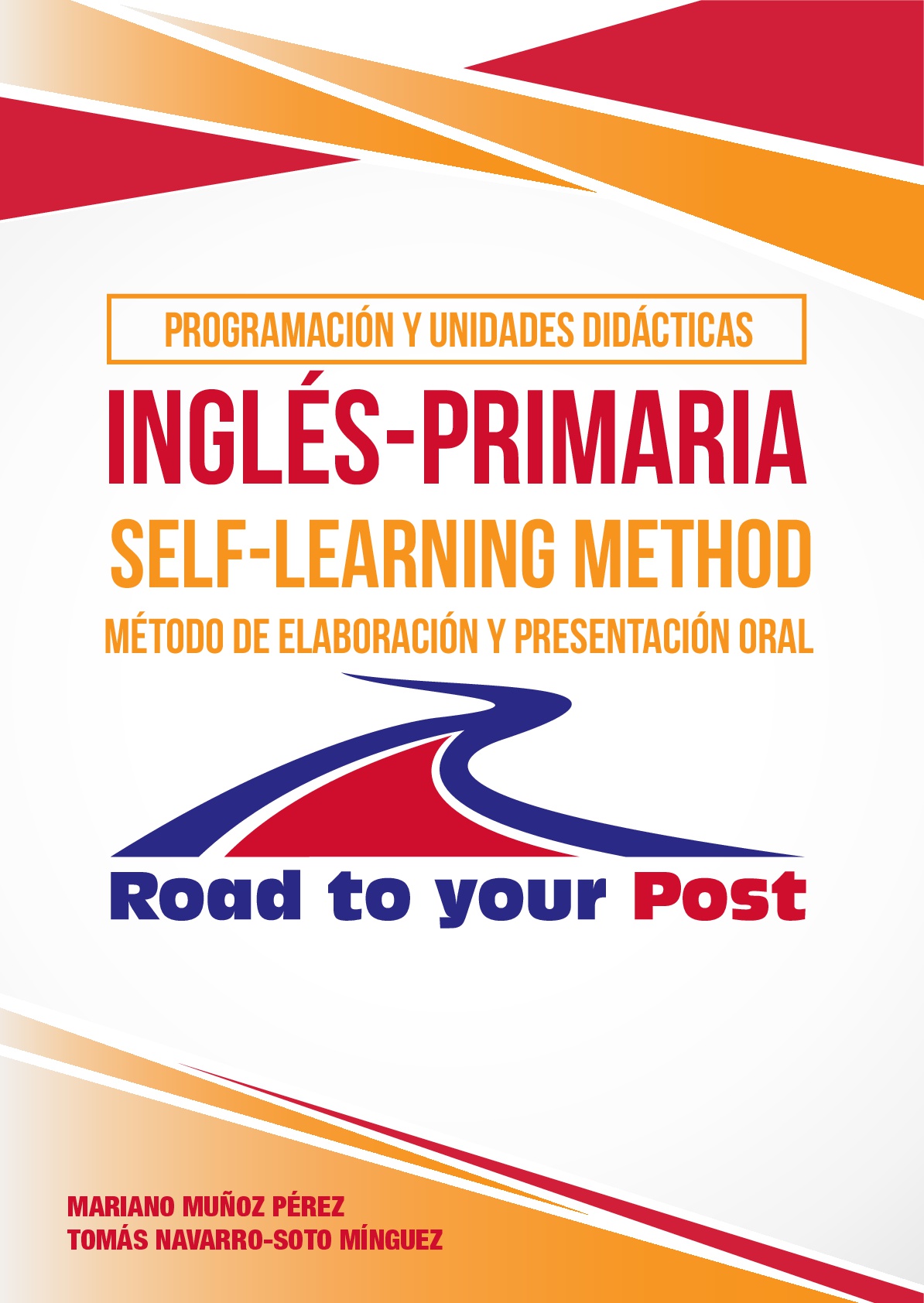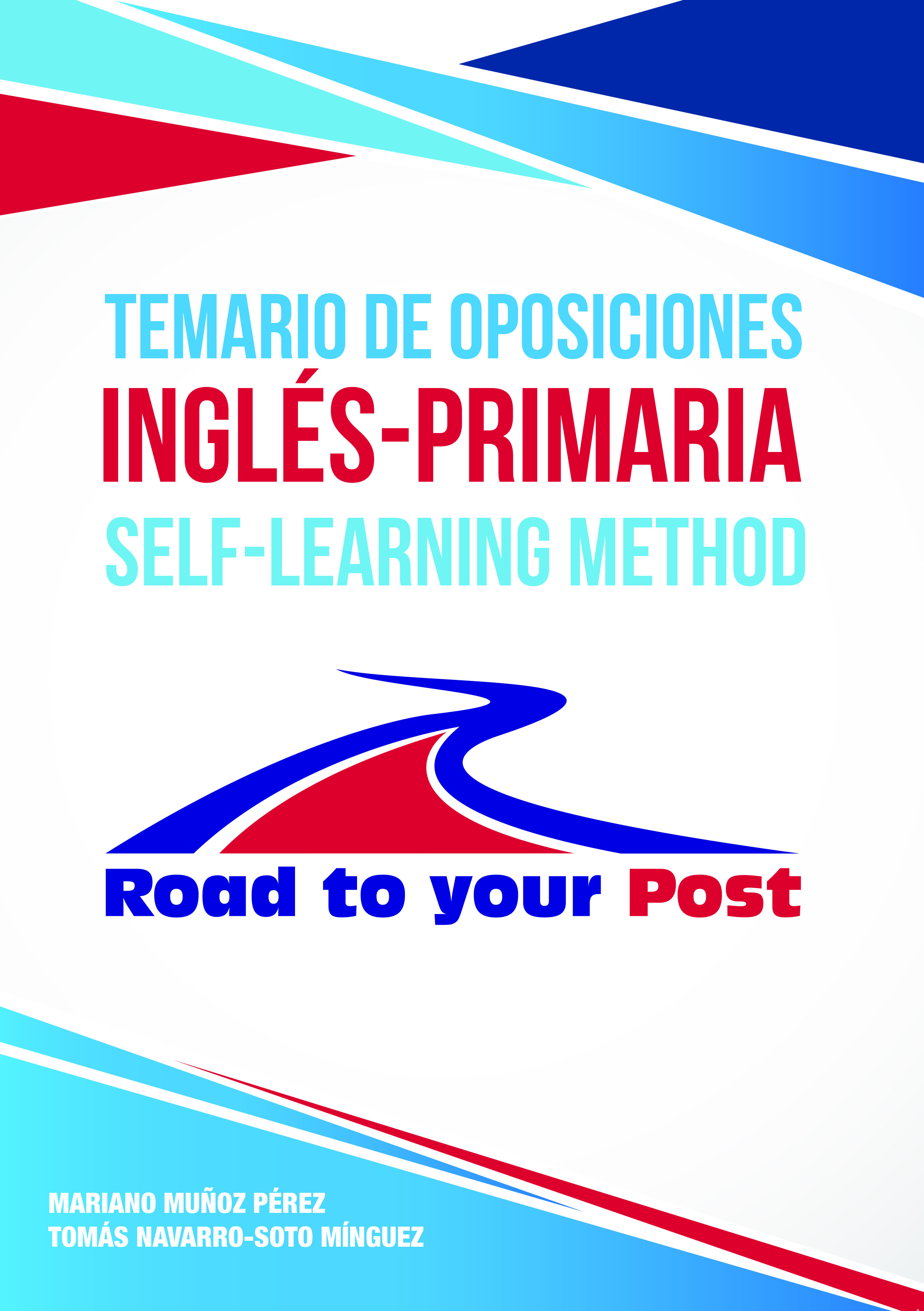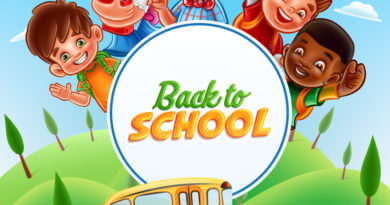Llama Llama’s Family Trip to the Beach. Storytelling in the FL classroom.
Llama Llama’s Family Trip to the Beach. Storytelling in the FL class.
Follow us: https://www.facebook.com/OposicionesInglesRP/
More about Road to your Post: oposicionesingles.com
Text extracted from: Programación y Unidades Didácticas. Método de elaboración y Presentación oral.
(La próxima semana estará el volumen en imprenta y anunciaremos su publicación próximamente).

5.3 Resources and digital tools.
The contextualising and communicative value of digital resources is undeniable, especially in the context of active methodologies like the PBA, and with students oftentimes referred to as digital natives. Somehow, we can assert without fear of contradiction, that the old “art and craft” manufacturing of adapted materials has clearly given way to a world of resources at the click of a mouse. Therefore, the most important role of the teacher in this concern is to keep abreast of ICT so that our students benefit from the massive amount of available possibilities.
Designing a challenging and attractive learning is likely to occur when using technological tools, since PBL and technologies are a winning combination. Perhaps the main reason is that children love technology, and it is a powerful learning tool that teachers can harness to make learning meaningful, relevant, and rigorous. The key to the success of English language acquisition through the PBA is to utilise selected constructive problems purposefully designed to address the desired learning outcomes. In this process, the appropriate use of technologies may broaden our students’ view of the FL, entailing plenty of benefits, amongst them:
Motivation towards challenging tasks involving the use of ICT; more exposure to the FL in an “unconscious way” and in their spare time; development of linguistic and digital abilities; fostering of reading abilities in a “hidden way” through for example the classroom blog; promotion of communicative abilities in real situations through safe network services.
An indispensable use of ICT in this programming may be considered under the heading of communication and digital learning community. Indeed, the eTwinning context facilitates a twofold communicative strategy: using ICT for instant and real communication in controlled scenarios (i.e. a Skype conversation with a partner school in our community or abroad through a European program); and making use of the digital resources to investigate, search information, find out answers, watch stories, and so on. The former implies an immediate motivating reward, since they shall be interacting with project-mates from other countries; the later can increase children´s exposure to the language, even out of the formal setting of the classroom. A prime example can be the teacher´s design of a FL blog, which shall turn into an indispensable instrument to develop the eTwinning project. Besides, the FL blog acts as a versatile resource:
•Being a repository of children´s practical knowledge through the inclusion of samples of children´s works (i.e. a role-play in which they act out the version of a story).
•Engage children in “hidden-practice”
Text extracted from: Temario de oposiciones Inglés-Primaria. Self-learning method.

In Communicative Language Teaching (CLT onwards), learners are expected to use the language, rather than just repeating. The theory of communicative competence (Hymes 1972) and Communicative Language Teaching (CLT) turned oral communication skills into the focal point in FLT, thus changing prior approaches focused on the development of grammatical competence. In this light, today FL teachers are expected to establish a balance between accuracy and fluency; and students are also encouraged to take responsibility for their own language, developing awareness of their own learning and learning to learn strategies.
Let us analyse some essential factors in both oral and written language.
Oral language
As we have already noted, the curriculum Act D 126/14 28th February emphasises the use of the FL to communicate in real-life contexts. In this sense, listening and understanding messages, using the transmitted information for the realization of tasks connected with their experiences, is included in the first and second content blocks:
Block 1 relates to comprehension of oral texts. This block is devoted to the acquisition of strategies and basic learning for an adequate comprehension of the oral FL, fostering active listening in oral texts and understanding of oral texts.
Block 2 refers to production of oral texts: expression and interaction. This block intends to achieve oral expression from the acquired knowledge and to put that knowledge into real practice. Presentations, active and cooperative participation and the implementation of different strategies are essential elements in this block.
The relevance of oral abilities with a communicative intention must necessarily go through the creation of optimal learning conditions. In this light, Newton and Nation (2009) consider the “MINUS” framework as an acronym that refers to a set of relevant principles, especially interesting for the teaching of oral FLs at early stages. These principles can be resumed as follows:
Meaning: The main focus should be on language that learners can quickly use for their purposes. Meaning-focused listening and speaking may be directed towards classroom management, recalling or retelling stories or finding out about our learners´ preferences.
Interest: Considering the age of the learners in Primary Education and their limited attention span, activities should be short and varied.
New language: An overload in the presentation of new language and functions prevents students from gaining control over that language
Understanding: Before using the words in guided speaking, students need to be provided with plenty of comprehensible input through activities that require showing understanding. In this sense, the use of non-verbal language or visual aids offers a valuable contextual support.
Stress-free: It is widely accepted amongst researchers and FL teachers that anxiety influences students´ willingness to take active part in communicative activities. Thus, the creation of a safe and friendly cooperative classroom atmosphere is particularly important at early ages.
Nonetheless, before approaching the teaching of oral abilities, FL teachers should understand the nature of listening and speaking.
According to Lynne Cameron (2001), speaking and listening are both active uses of language, but differ in the mental activity involved and demands that they make on learners of language in terms of finding and sharing meaning. Listening can be seen as the active use of the language to access to other people´s meanings, whereas speaking is the active use of language to express meanings so that other people can make sense of them.
Undoubtedly, the students´ construction of understanding requires relying on their previous knowledge and experiences regarding language use. The mental demands in active listening are clearly meaning-focused instead of language-focused, since they are related to making sense of a message, a song or a story.
In a similar sense, Sabrina Peck (2001) highlights that children need to listen and speak about something that interests them (children centred). This holistic perspective focusing on the child seems to be widely accepted among researchers. Broadly speaking, the most updated trends as for FLT agree on some essential principles:
• Focus on meaning, not correctness.
• Focus on collaboration and social development.
• Provide a rich context, including movement, the senses, objects and pictures, and a variety of activities.
• Treat language as a tool for children to use it for their own social and academic ends.
• Use language for authentic communication, not as an object of analysis.
It is worth noting that Littlewood (1981) refers to an additional value of social interaction activities. In this sense, learners must pay greater attention to the social as well as the functional meanings that language conveys. It also implies that the activities devised to promote interaction should be closer to the type of communication outside the classroom, where language is also a form of social behaviour. In social interaction activities, the learner is expected to deal with the language according to social and functional considerations; and accordingly, the language produced must also be evaluated in terms of social acceptability as well as functional effectiveness. An example of social interaction activity can be a guided role play in which students try to find the shortest route to a specific point in a town, simulating the social roles involved in real interaction.




